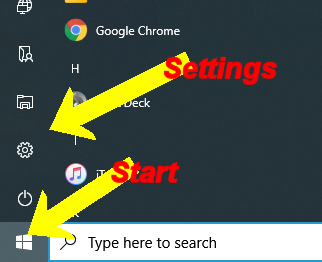The Windows 10 DNS cache can get cluttered over time. Flushing the cache could improve your performance + Reset your IP address with the router and potentially resolve configuration issues + Reset the Windows 10 Winsock allows update of the security protocols in the winsock
To perform these three actions use your Command Prompt

Click in the search box
Type cmd
Click Run as Administrator

Click Yes to authorise this app

At the prompt, type;
ipconfig /flushdns
Then press enter on your keyboard
You will get the message you have successfully flushed the DNS resolver cache
In the same command prompt box type the commands to reset your IP address and to reset the winsock
Reset your IP address type this command: ipconfig /renew
Then press enter on your keyboard
Reset the winsock type this command: netsh winsock reset
Then press enter on your keyboard
Once all of the above has been done we recommend "restarting" your computer










